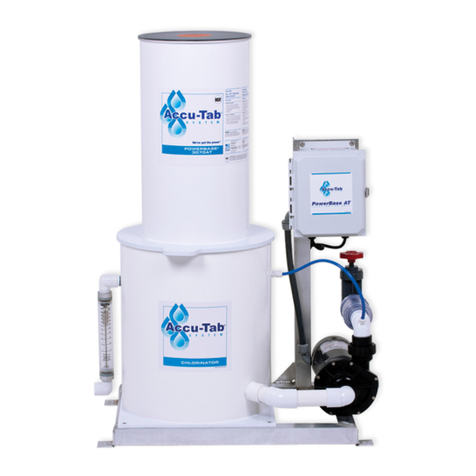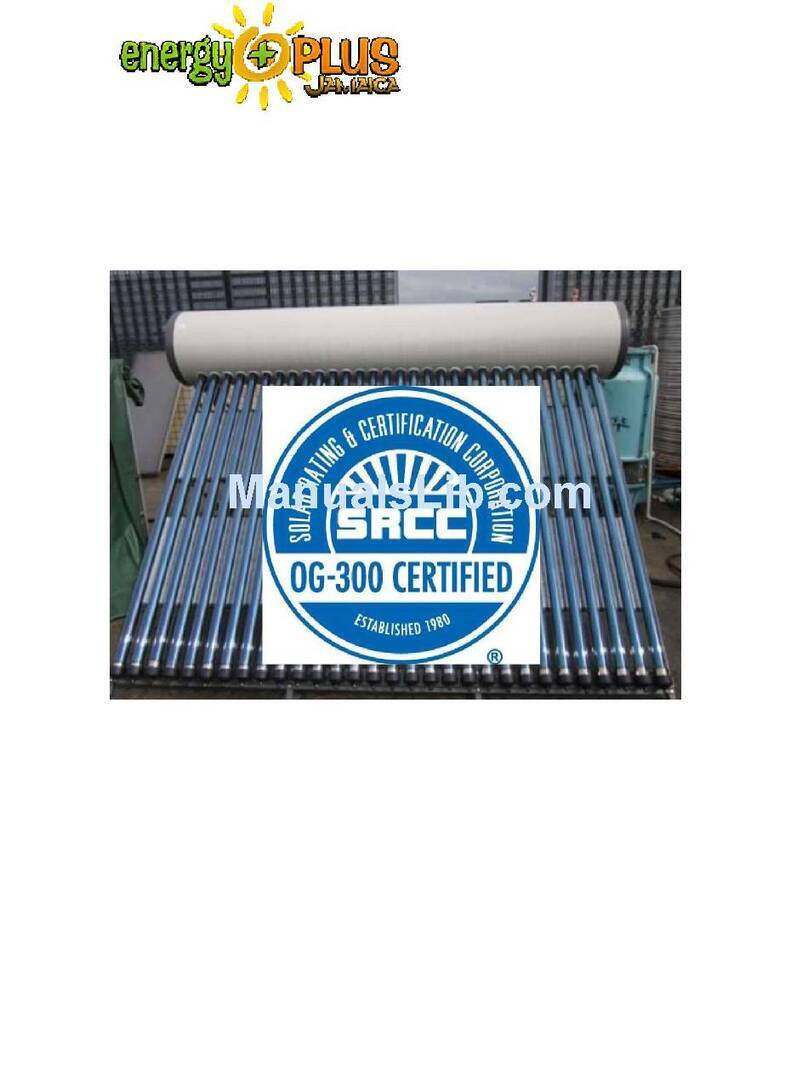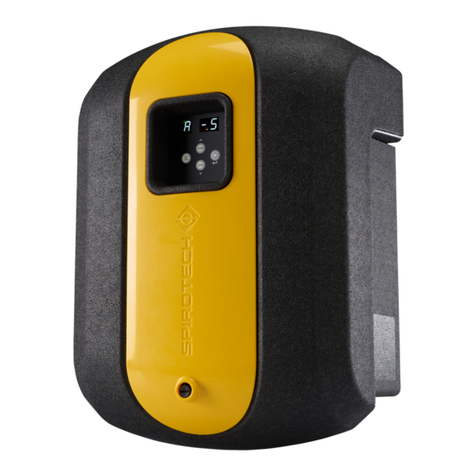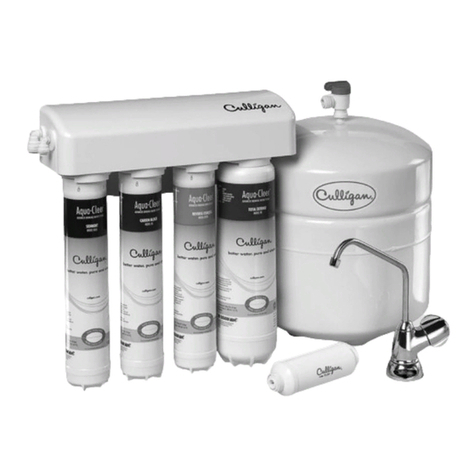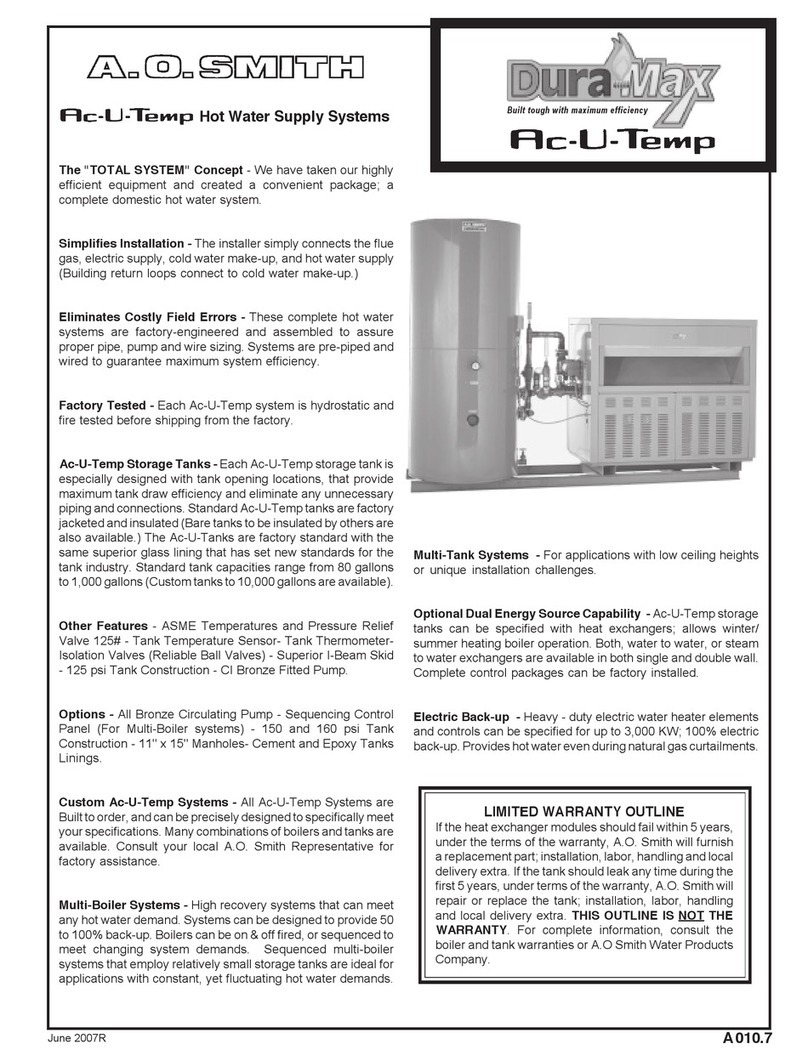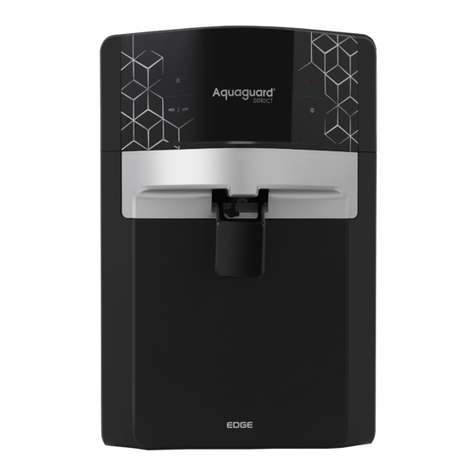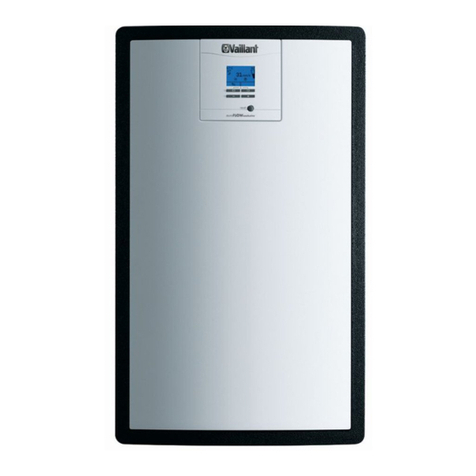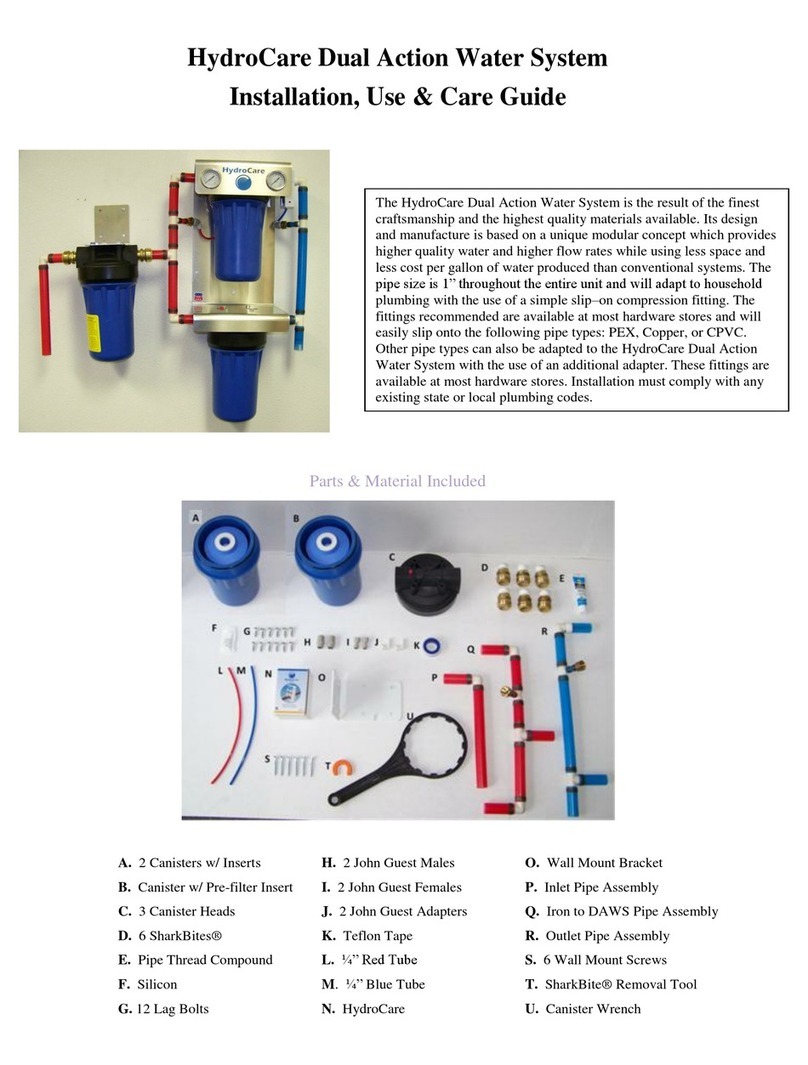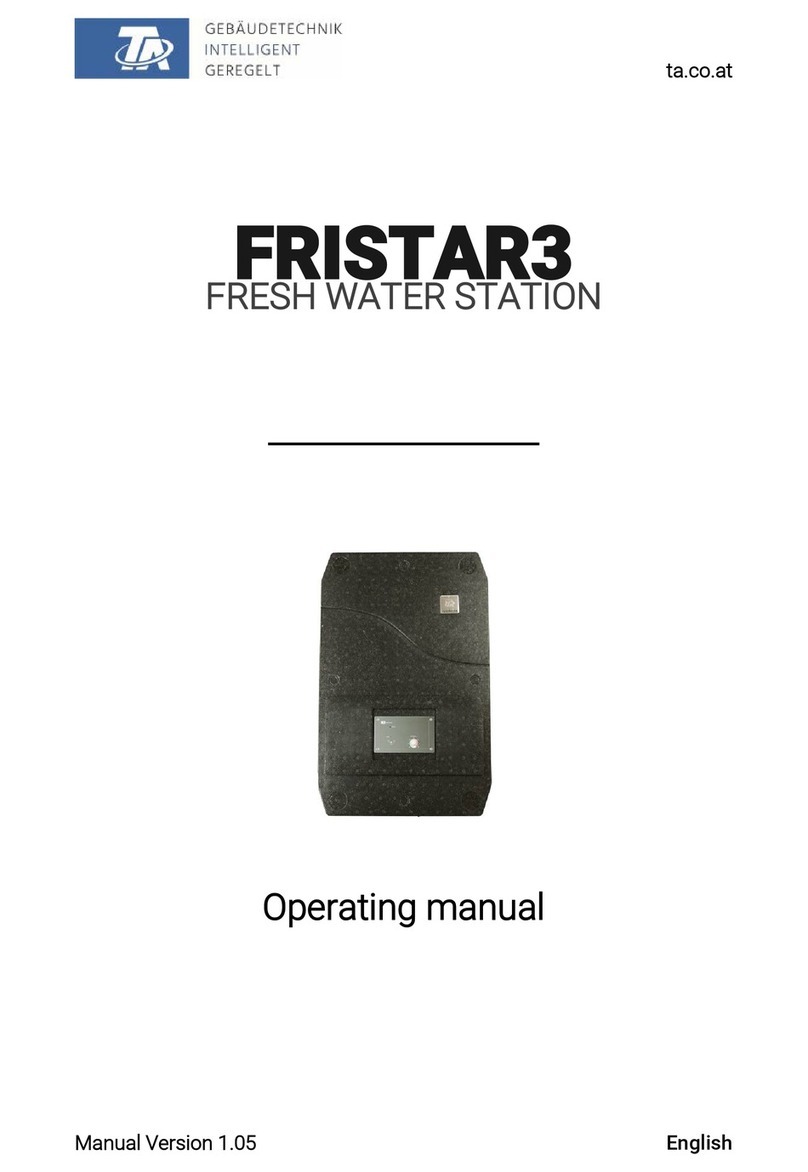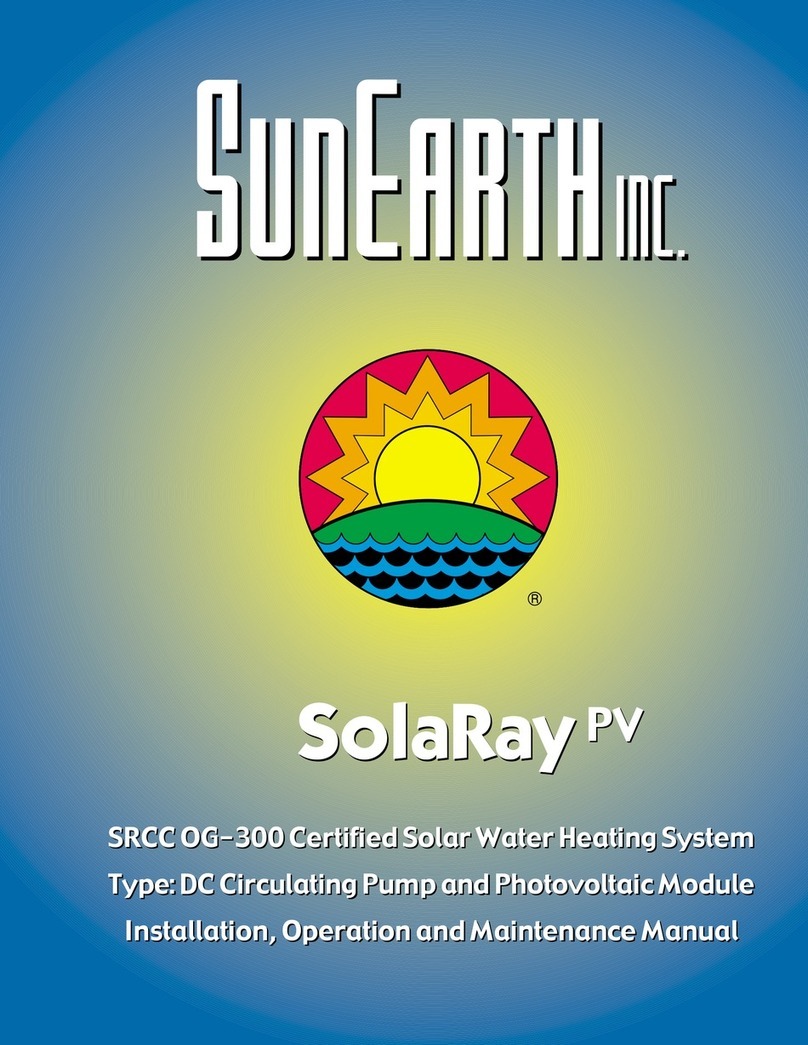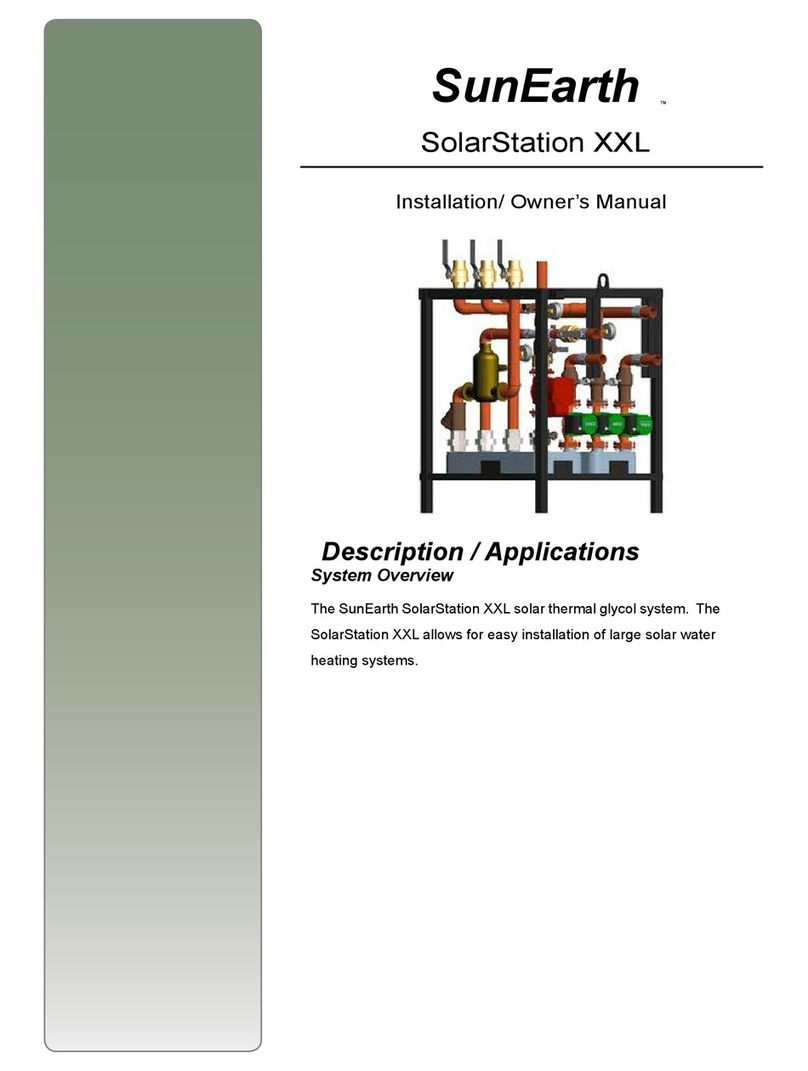
PREFACE
Let us first offer two words of grateful appreciation.
Thank You!. We sincerely appreciate your business.
SunEarth also wishes to say thank you for “going so-
lar”. Solar water heating systems help to reduce our
nation’s dependence on polluting fossil fuels, minimize
the greenhouse gas emissions associated with conven-
tional water heating and, very importantly, lower you
monthly utility costs.
Established in 1978, SunEarth is a leading U.S. solar
equipment manufacturer. Our products include the in-
dustry standard Empire, Imperial, ThermoRay and Sun-
belt solar water heating collectors as well as the Cop-
perHeart integral collector storage system and SunSi-
phon packaged Thermosiphon systems, SunBurst all
copper absorber plates, Solar Strut and RexRack
mounting hardware. We also fabricate specialty collec-
tors for unique architectural and building applications.
SunEarth SRCC OG-300 certified solar water heating
systems are sold by leading solar plumbing and build-
ing contractors throughout the United States.
Your Cascade 2 solar water heating system has been
designed to meet exacting SRCC OG-300 certification
requirements. The components found in your system
have been selected by your installation contractor for
their proven reliability, longevity and performance in
your specific region of the country.
SunEarth Inc. maintains a policy of continuous review
and improvement to ensure that Cascade 2 systems
incorporate any appropriate technological advances. To
ensure that products represent the current state of the
art in solar water heating Cascade 2 systems are sub-
ject to change without notice. Please consult the
SunEarth website at www.sunearthinc.com for current
information and the latest manual revisions.
1) INTRODUCTION
Solar water heating systems are climate and site spe-
cific appliances. Different types of solar systems are
installed around the world in accordance with regional
weather and water quality conditions. System perfor-
mance varies as a function of the household hot water
load, average ground water, ambient air temperature,
the home’s roof pitch and orientation and of course the
seasonal intensity of solar radiation. These variables,
some of which change from home to home on the same
neighborhood street will determine how much energy
and money your Cascade 2 system will save on an an-
nual basis.
Your Cascade 2 Drainback solar system is known as a
“forced circulation closed loop drainback” system be-
cause it utilizes a mechanical pump to efficiently circu-
late water throughout the unpressurized closed loop
solar piping. The “drainback” connotation refers to the
freeze-protection mechanism used in the system. In
drainback systems, the heat exchange fluid (water) in
the collector array and solar loop piping drains back by
gravity into the drainback storage reservoir when the
pump stops circulating. Air replaces water in the col-
lector array and solar loop piping to prevent it from
freezing when the pump is off.
This manual is intended as a basic solar water heating
primer. Our goal is to familiarize you with the proper
installation, operation and maintenance of your Cas-
cade 2 solar water heating system. This system is re-
quired to be installed by properly licensed solar or
plumbing contractors in accordance with SRCC OG-300
and all applicable national, state and local codes, ordi-
nances and regulations governing solar water heating
installations, as well as good trade practices. Failure to
follow the procedures and practices described in this
manual may void the manufacturer’s warranty and spe-
cific component parts.
This manual covers installations utilizing one or two
SunEarth solar collectors with a single solar storage
tank and also two tank systems that include a solar
storage tank and supplemental tank type or tankless
water heater. Frequent reference is made throughout
this manual to specific component parts. The place-
ment of each component can be seen in the system
schematic Figures 3 & 4. A description of each compo-
nent and its function is found in Section 10.
2) SYSTEM DESCRIPTION AND OPERATIONAL
PRINCIPLE
The key components in the Cascade 2 solar water heat-
ing system include the SunEarth solar collector, solar
storage tank, circulation pump and differential temper-
ature controller.
The SunEarth solar collector is the heart of the Cascade
2 system. Simply stated, when the sun is shining, heat
energy is absorbed by the solar collector’s absorber
plate and transferred to the potable water circulating
between the solar collector and storage tank. This pro-
cess is continuously repeated during the average sunny
day as the temperature in the solar storage tank rises.
The differential temperature controller is the brain of
the system. The controller uses temperature sensors to
consistently monitor the temperatures at the collector
and at the tank. the controller automatically turns the
pump on when useful heat is available at the collector
and turns the pump off when there is insufficient solar
heat available or the tank had reached maximum tem-
perature. Cascade 2 systems are designed to provide
two modes of operation. The system will, (1) serve as a
preheater to your solar storage tank, or (2) bypass the
solar collector and run 100% on utility or conventional
fuel. The installation of an optional water heater time
switch allows you to control both the frequency and
duration of supplemental electric resistance water
heating. Supplemental electric heat may not be re-
quired for much of the year depending upon your spe-
cific requirements, thus providing an effective third
mode of operation—100% solar.
